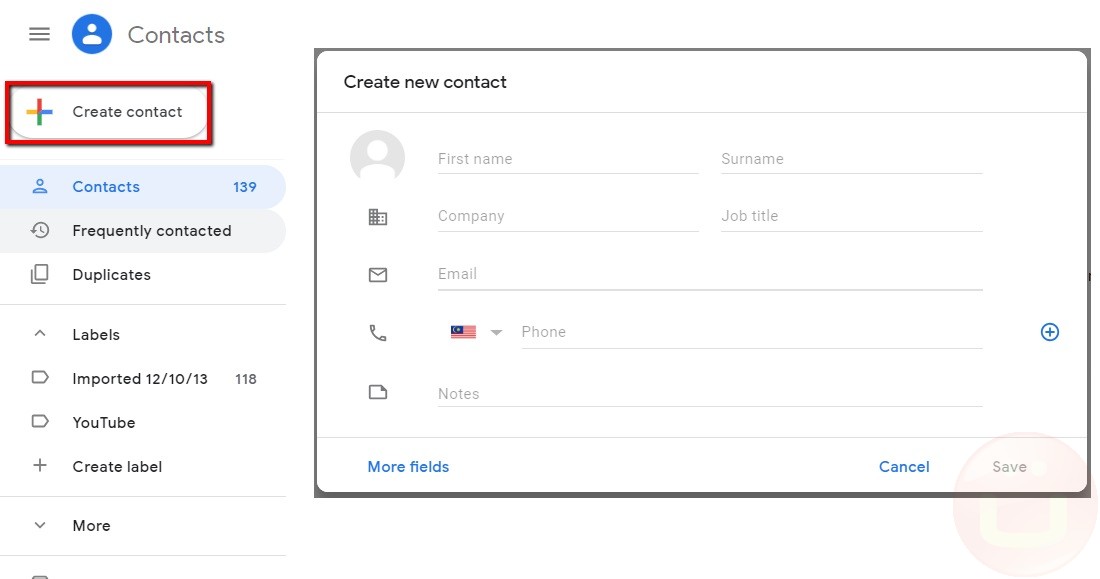Essential Guide to Checking Coolant Level in 2025
Maintaining proper coolant levels in your vehicle is crucial for its optimal performance and longevity. Coolant, also known as antifreeze, plays a vital role in regulating engine temperature, preventing overheating, and protecting engine components from corrosion. In this guide, we will dive into the importance of checking the coolant level, how to do it effectively, and what signs to look for when your coolant may be low.
Understanding coolant levels is essential for all vehicle owners—whether you are a seasoned car enthusiast or a new driver. By regularly checking your coolant, you can prevent engine damage, improve fuel efficiency, and ensure a more reliable driving experience.
This article will provide a comprehensive roadmap on how to check coolant levels, identify symptoms of low coolant, and maintain your vehicle's cooling system. You will also find tips for troubleshooting common coolant issues and keeping your vehicle in top condition. Ready to dive into the world of coolant maintenance? Let’s get started!
Why Checking Coolant Levels Matters
Checking your coolant level is an essential part of regular car maintenance that can help you avoid major engine problems. Coolant helps to absorb excess heat from the engine, and an inadequate coolant level can lead to overheating and potentially severe engine damage. Regular coolant checks can ensure that your vehicle runs efficiently and reliably.
Furthermore, understanding the importance of your vehicle’s cooling system allows you to identify issues before they escalate. Low coolant levels can be indicative of leaks or other system failures, which, if not addressed, could lead to more expensive repairs. By regularly inspecting your coolant levels, you’re not just prolonging the life of your vehicle, but you’re also enhancing safety while driving.
How Often Should You Check Coolant Levels?
It's recommended to check your coolant levels at least once a month, and more frequently if you notice any signs of low coolant, such as overheating or fluctuations in temperature readings. Additionally, it's wise to check coolant before embarking on long road trips or in hot weather, as extreme temperatures can affect coolant levels. Checking coolant levels is not just about keeping them within the recommended range; it also involves a broader inspection of the entire cooling system.
By making coolant checks a routine part of your vehicle maintenance schedule, you can mitigate the risks associated with engine overheating and extend the life of your vehicle.
How to Properly Check Coolant Levels
Understanding how to check the coolant level is a fundamental skill every car owner should acquire. This practical process can save you time, money, and the headache of engine repairs. Below, we outline the steps to effectively check your coolant level.
Preparing for the Coolant Check
Before diving into the inspection, ensure that the engine is cool. Checking coolant levels while the engine is hot can be dangerous, as the pressurized coolant can lead to burns and injuries. Always wait for the engine to cool down before proceeding.
Accessing the Coolant Reservoir
Locate the coolant reservoir, usually a translucent plastic tank near the engine bay. This is commonly marked with a “coolant” symbol. Understanding coolant fluid colors can also be helpful; most coolant is bright green, pink, or orange, depending on the type used. Make sure to identify the coolant overflow tank correctly to avoid any confusion.
Checking the Coolant Level Markers
Most coolant reservoirs feature level markers indicating “full” and “low.” With the vehicle on level ground, visually inspect the coolant level between these markers. If the coolant sits below the “low” mark, it’s time to add more coolant. It's critical to maintain proper coolant levels to ensure your vehicle's cooling system functions efficiently.
Identifying Coolant Levels Using Dipsticks
Some vehicles may have a dipstick integrated into the coolant reservoir. This makes it easy to check the coolant level without removing the cap. If your car has this feature, simply remove the dipstick, wipe it clean, reinsert it to check the level again, and ensure it's at the appropriate mark.
Adding Coolant Safely
Should you find the coolant level low, you can add coolant directly into the reservoir. Make sure to use the proper coolant type for your vehicle, as specified in the owner’s manual. There are different types of coolant; knowing what works best for your car can prevent future issues. Always fill the reservoir to the “full” mark but avoid overflowing, which can lead to leaks or system issues later.
Common Low Coolant Symptoms
Identifying the symptoms of low coolant is crucial for maintaining vehicle health. Several signs can indicate that your coolant levels may be inadequate, leading to potential overheating. Understanding these symptoms will allow you to take corrective measures promptly.
Engine Temperature Monitoring
The engine temperature gauge on your dashboard is your first line of defense. If you notice it fluctuating more than normal or sitting near the “H” mark, this could be a sign of low coolant. Regularly checking this gauge during driving conditions can help you notice any irregularities that might require immediate attention.
Signs of Overheating
If your vehicle starts to overheat, it’s often a clear sign that you may be experiencing low coolant levels. When an engine runs too hot, it can lead to significant damage, resulting in costly repairs. If you see steam rising from under your hood or if the engine makes noises you aren’t accustomed to, pull over immediately to assess the situation.
Coolant Leaks
Checking for coolant leaks is another critical component of vehicle maintenance. If you notice puddles or stains beneath your vehicle, it might be a sign of a compromised cooling system. Investigate the source of the leak and address it before it leads to a complete loss of coolant.
Dashboard Warning Lights
Modern vehicles often come equipped with warning lights that illuminate when there are issues related to the engine cooling system. If you see indicators such as a check engine or temperature warning light, consider checking your coolant levels to diagnose the problem further.
Distinct Coolant Fluid Colors
Understanding coolant fluid colors can provide insights into its health and quality. Typically, if the coolant appears brown or dusty, it indicates that it's time for a coolant flush. Trained technicians can help with this maintenance step, enhancing your vehicle’s cooling performance.

Troubleshooting Coolant Issues
If you're frequently encountering problems with coolant levels, it may be time to address underlying issues with your vehicle’s cooling system. Troubleshooting coolant issues can save both money and time down the road.
Checking for Coolant Leaks
Regularly examine hoses, clamps, and the radiator for signs of leaks. Any visual evidence of leakage should prompt a thorough inspection to locate the source of the issue. By addressing leaks early, you can prevent larger coolant loss that can lead to overheating.
Signs of Engine Trouble
When your engine exhibits signs of trouble, such as knocking, decreased power, or abnormal sounds, it might be related to coolant levels or quality. Maintaining your cooling system through regular checks can prevent such issues from escalating.
Understanding Coolant System Components
Familiarize yourself with components of the coolant system, such as the radiator, thermostat, and water pump. Regular inspections of these components for conditions such as corrosion, wear, or damage can be pivotal in maintaining the integrity of your cooling system.
How to Refill Coolant Properly
When topping off coolant, follow the instructions on the coolant container, as different coolants may require specific mixing ratios and types. Incorrect filling or using the wrong type can lead to malfunctions. Always consult your vehicle’s user manual for proper guidance.
Emergency Coolant Tips
If you encounter a sudden drop in coolant levels, know how to react. If possible, add the appropriate coolant. If you must drive, keep an eye on your temperature gauge and be prepared to stop frequently to let your engine cool down.

Conclusion: Maintaining Optimal Coolant Levels
Regularly checking your coolant levels and understanding the signs of low coolant can significantly enhance your vehicle's performance and longevity. Car coolant maintenance is not just about addressing issues as they arise; it involves a thorough understanding of your vehicle's needs and implementing preventative measures.
By familiarizing yourself with how to check coolant levels, recognizing low coolant symptoms, and knowing how to troubleshoot coolant-related issues, you're well on your way to mastering vehicle maintenance. Make coolant checks a regular part of your vehicle maintenance checklist, and enjoy the benefits of a well-maintained car!
